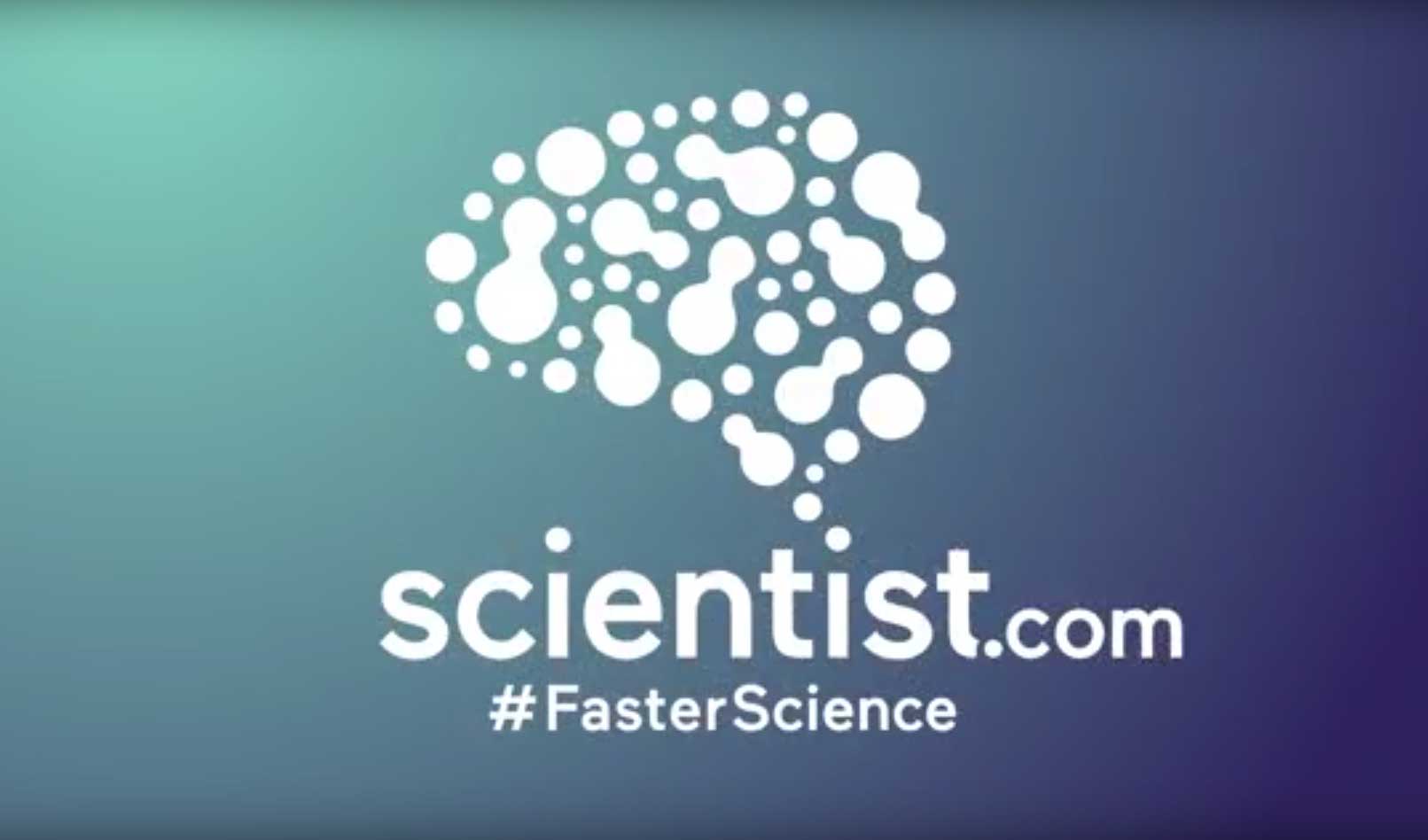 EMERGING TECH
EMERGING TECH
 EMERGING TECH
EMERGING TECH
 EMERGING TECH
EMERGING TECH
Life science industry data marketplace Scientist.com announced Monday the launch of DataSmart, a distributed ledger blockchain solution designed to ensure data and research integrity.
During drug research, scientists generate a great deal of data about the effects, safety, efficacy and action of pharmaceuticals and much of this data must be submitted electronically to regulators for approval. Part of this process includes the need to prove that this data has not been tampered with.
With blockchain technology, which uses a distributed ledger and cryptography to create a tamperproof database of transactions, Scientist.com seeks to provide a platform that can securely automate this process.
“Blockchain’s ability to ensure the integrity of information is the basis of its use in cryptocurrencies,” said Chris Petersen, founder and chief technical officer of Scientist.com. “In biopharma research we need blockchain technology to verify and validate the supply chain and to ensure the integrity of research data.”
Data generated by late-stage preclinical and clinical phases of drug development – the time during which drugs are tested and that data is submitted to organizations such as the U.S. Food and Drug Administration – becomes fundamental to research and development because it’s needed prior to approval.
Showing that the data submitted to the FDA and other regulators has not been changed or corrupted after it was first obtained must follow the guidelines of 21CFR Part 11. This is a policy and regulation document released by the FDA that outlines procedures for data integrity, electronic signatures and audit trails.
Although secure databases exist for this purpose on the market already, blockchain solutions incorporate systems that inherently establish all of those procedures. With a properly implemented blockchain solution, every transaction – in this case, cryptographic proof of integrity for research data – could be stored in the ledger and distributed between secure parties.
Each transaction could also be digitally signed by the participants with their own private cryptographic keys during submission. That would then be distributed to every holder of the blockchain ledger and easily verified by third parties and regulators.
Finally, blockchains provide an easily audited trail of transactions from the first to the last in a historical “chain.” An audit trail within a blockchain can be made as easy as following a chain of related transactions back to the originator and then verifying each step along the way. Furthermore, a regulator can be given direct access to the ledger network to compare any segment provided to them to prove integrity.
For that reason, blockchain technology has been sought after by numerous industries that rely on integrity and safety of data as well as the ability to deliver a verifiable audit trail. One powerful example of this is the work IBM Corp. is doing with food supply networks and retail outlets such as Wal-Mart Stores Inc. to enhance food safety. This is an industry where a trustworthy transaction trail means swiftly discovering the origin of an E. coli outbreak and the food it could have affected to ensure consumer safety.
“The cost and time spent adhering to 21CFR Part 11 has made it prohibitive to ensure data integrity at earlier stages of the drug discovery and development process,” said Kevin Lustig, founder and chief executive of Scientist.com.
A blockchain solution would incorporate all of these data standards inherently and provides cryptographic integrity verification and an audit trail in an easily automated way, thus it would help relieve some of the heavy lifting for data researchers to prove data integrity.
DataSmart will be used to “extend data integrity protections throughout the entire drug research process, from concept to clinic and beyond,” said Lustig.
Scientist.com was launched in 2008 as a network of public and private e-commerce marketplaces that connect buyers and sellers of scientific research services. In 2012, the company launched outsourcing marketplaces for the large pharmaceutical companies Pfizer Inc. and AstraZeneca plc. The company also built a marketplace for National Cancer Institute and the U.S. National Institutes of Health.
The adoption of a blockchain technology platform by Scientist.com could greatly increase the use of the technology in the medical industry. Medical and related industry companies that have started blockchain-based projects include Health Wizz, building a platform for electronic health records; ODH inc. and Hashed Health joined forces on a patient care and billing platform; and the government of Estonia partnered with Guardtime AS to secure more than 1 million health records in the country.
The FDA itself has also sought blockchain solutions for health data when the regulatory organization commissioned IBM in a two-year study exploring the use of the blockchain for securing medical data management.
Support our mission to keep content open and free by engaging with theCUBE community. Join theCUBE’s Alumni Trust Network, where technology leaders connect, share intelligence and create opportunities.
Founded by tech visionaries John Furrier and Dave Vellante, SiliconANGLE Media has built a dynamic ecosystem of industry-leading digital media brands that reach 15+ million elite tech professionals. Our new proprietary theCUBE AI Video Cloud is breaking ground in audience interaction, leveraging theCUBEai.com neural network to help technology companies make data-driven decisions and stay at the forefront of industry conversations.